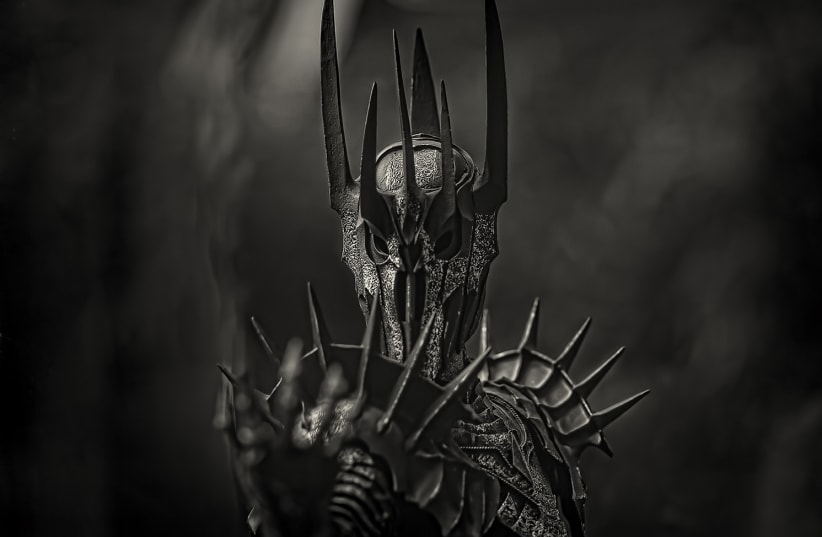Whether it's on television or in a movie, we seem to love the villain, like Voldemort, the archenemy of Harry Potter, or the Dark Lord Sauron in The Lord Of The Rings trilogy. No matter how egotistical, power hungry or greedy the person is, many of us are still attracted to their dark side – perhaps in part because we suspect some may have a redeeming quality.
Adults everywhere have understood for centuries that evil and evil-doers populate the world. It is an unfortunate but inescapable current and historical fact that some people experience acts of deep cruelty first hand – abuse, wars, slavery, the Inquisition, the Holocaust and more. Recent research, however, suggests that children – at least advantaged, Western children – are remarkably slow to acknowledge evil deeds and evil-doers. Young children display a positivity bias that predisposes them to think well of people, even in the face of negative information.
A new University of Michigan study entitled “What makes Voldemort tick? Children's and adults’ reasoning about the nature of villains.” Has been published in the journal Cognition, led by psychology doctoral student Valerie Umscheid and colleagues. The study aimed at providing an in-depth exploration of children's reasoning about agents with serious anti-social personality (villains) and if/how this understanding changes with development.
Why are we fascinated with villains?
Child participants and their parents were recruited and tested in a children’s museum. Because of museum preferences, information on race and ethnicity was not collected, but the population of museum visitors contained a wide range of ethnic and socio-economic backgrounds, with the majority white and middle class, Umscheid said.
Both adults and children more often reported that villains were inwardly good than that heroes were inwardly bad, they reported. “In other words, people believe there is a mismatch between a villain’s outward behaviors and their inner, true self, and this is a bigger gap for villains than for heroes,” said Umscheid. “Inside, villains are a little less evil than they outwardly seem, while heroes are fully good guys inside and out.”
“Inside, villains are a little less evil than they outwardly seem, while heroes are fully good guys inside and out.”
Valerie Umscheild
They conducted three studies with 434 children aged four to 12 and 277 adults to determine how individuals make sense of antisocial acts committed by evil-doers. They focused on participants’ judgments of both familiar and novel fictional villains and heroes, such as Disney's Ursula from The Little Mermaid, Captain Hook from Peter Pan and Pixar’s Woody from Toy Story.
Study 1 established that children viewed villains’ actions and emotions as overwhelmingly negative. This suggests that children’s well-documented tendency to judge people as good does not prevent their appreciation of extreme forms of villainy.
Studies 2 and 3 assessed children's and adults’ beliefs regarding heroes’ and villains’ moral character and true selves, using an array of converging evidence – including how a character felt inside, whether a character’s actions reflected their true self and if a character’s true self could change over time.
Across these measures, the research indicated that both children and adults consistently evaluated villains’ true selves to be overwhelmingly evil and much more negative than heroes. At the same time, the researchers also detected an asymmetry in the judgments, with villains more likely than heroes to have a true self that differed from their outward behavior. Both children and adults believed characters like Ursula had some inner goodness, despite the bad/immoral actions they regularly engage in, Umscheid concluded.

